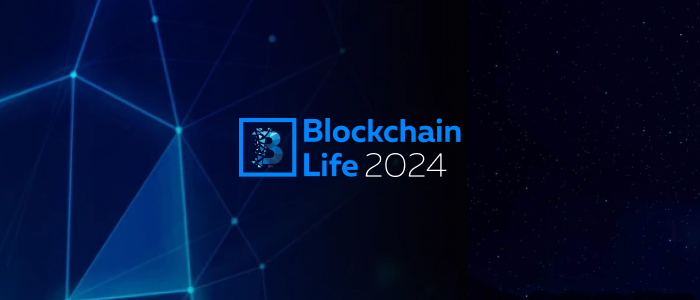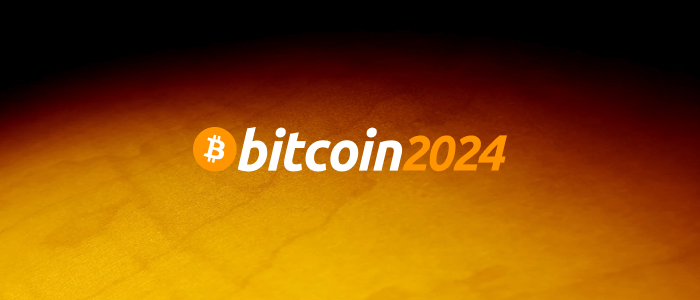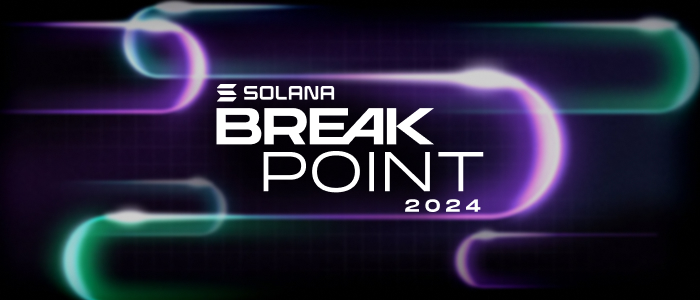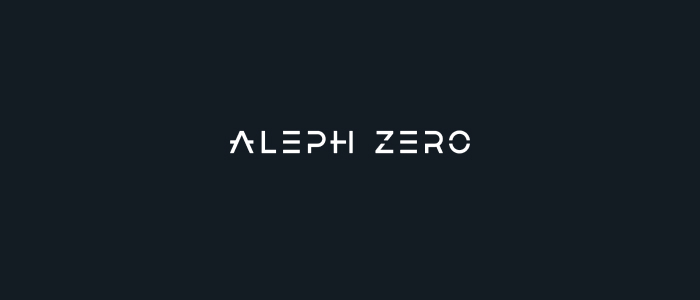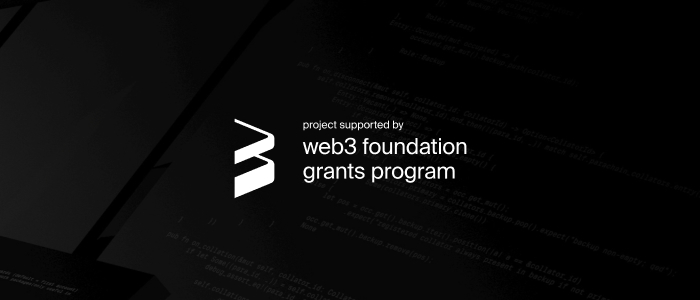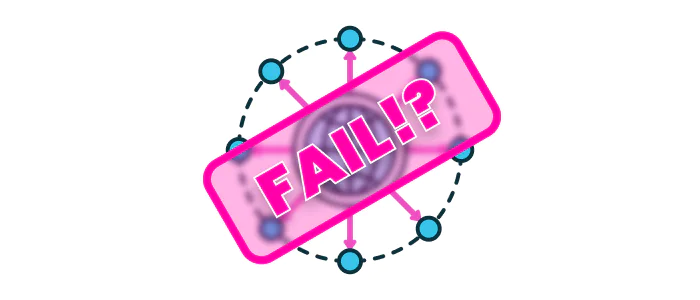Both centralized finance systems (CeFi) and decentralized finance systems (DeFi) have their own set of issues. We need to strike a balance between power and trust and provide options that promote innovation while also protecting society. People should be aware of the risks involved in using these platforms, just as they would be if they were in Las Vegas. Even if you think Web3 is just a buzzword, it is an umbrella term that encompasses better platforms for society, investors, and incumbents. Not just platforms, but a real Internet of value.
Centralization is easy to understand in terms of trust and power, whereas decentralization is much more complex. For example, Bitcoin is more decentralized than other systems, but is it truly trustless, or is it simply a shift of power from one set of actors to another? This question applies to any decentralization technology beyond its consensus methods (e.g. proof-of-stake). We talk a lot about transparency in blockchain transactions, but is there transparency in their governance? The answer is simply no. While you can see some governance rules in code or smart contracts, it is unclear who has the control to modify them. Moreover, when you need a stake to participate and vote for changes, it raises questions about how the initial stake was distributed.
Having a serious discussion about decentralization, its pros and cons, and different perspectives is a good starting point. However, nowadays we often find ourselves engaged in boundless and extreme discussions that do not lead to a continuous shape. There is hyperinflation of noise everywhere.
While CeFi is moving toward a cashless world, we need to revisit why cash is necessary as a central privacy tool. We should not forget that cash payments are decentralized. Modern democracies open this discussion and governance to the people and focus on profound facts.
CeFi systems are artificially limiting innovations and access to core financial structures. Finance technologies seem more like the Bell System monopoly than the Internet. Although there are initiatives like the European Union enforcement of data portability rights (for individuals) and payments regulations through the Revised Payment Services Directive (PSD2), there are no strong enforcements yet for opening, documenting, and maintaining application programming interfaces (APIs) for many more financial services with worldwide coverage. Banking APIs are one such example.
In the CeFi legacy dimension, the payment and financial systems are completely outdated within closed federations. Everybody knows. The ACH system in the USA does not have finality or settlement, it is reversible. The worldwide SWIFT is a messaging system. These kinds of problems go beyond regulatory aspects. The financial incumbents have built a fortress, a fortress full of shortcuts.
On the other hand, DeFi offers great ideas, but the reality is different. Last year, there were approximately $3 billion in anonymous or pseudonymous hacks in decentralized systems, including blatant crimes from regulated CeFi organizations such as 3AG, Alameda, and FTX. Many of these crimes are difficult to understand in the context of regulations, and law enforcement agencies. The Web3 ecosystem is full of unscrupulous people. This shows issues in both extreme worlds.
In our article, Decentralized Identity: Intersections in the Web3 Full Stack, we argued that identities will be truly decentralized at some point, including being used in FAANG centralized systems. Apple’s move to FIDO2 as a 2FA is a step in this direction. Identity is one of the pillars in the Web3 stack. We should focus on the essence of decentralized identities rather than just the umbrella Web3 buzzword.
Hence we also need real interoperability within the CeFi fortress and open to new participants. CeFi systems and standardizations and regulations that enable new actors to participate in a lawful way. We cannot see the forest for the trees if we are just focusing on specific decentralized technologies.
Therefore, it is important to have real interoperability within the CeFi ecosystem, which should be open to new participants. We need CeFi systems to establish standardizations and regulations that enable new actors to participate in a lawful way, promoting healthy competition and innovation. If we focus only on specific decentralized technologies, we risk missing the big picture and the potential benefits that a more inclusive and interoperable financial system could bring. It’s time to move beyond the confines of the current financial system and embrace a more open, collaborative, and innovative approach to finance.
The solutions lie in striking a balance between the extremes of centralization and decentralization. Decentralization is not an all-or-nothing proposition but rather a range, and we need to find the right balance for different use cases and contexts. It’s important to have a serious discussion about the pros and cons of both centralized and decentralized systems, and to consider different perspectives in order to find solutions for particular cases.
We need to promote innovation while also protecting society and ensuring a power and trust balance. This requires a nuanced and thoughtful approach to the adoption and implementation of financial technologies, one that takes into account the potential risks and benefits of both centralized and decentralized systems. By striking a balance between these two extremes, we can build a more inclusive and resilient financial system that moves forward.




